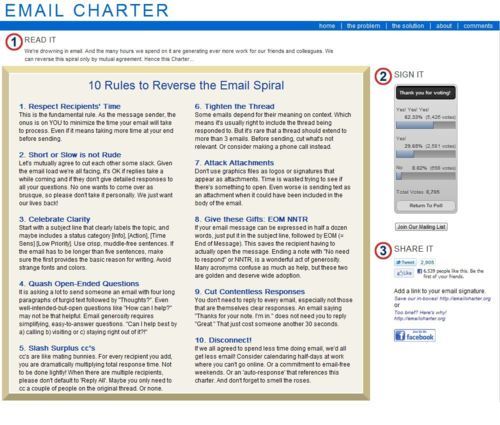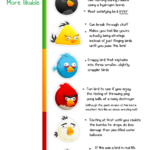There’s a lot of talk about cloud computing, IT consumerisation and moving toward smarter systems, but a handful of people only seem to know what is hidden behind these keywords. And more importantly (as the topics are hot!) what’s in this for us as consumers of IT services? I will touch on smart systems and consumerisation later and give an overview of cloud-based trends and approaches in this post.
I went to Business Cloud Summit last week to learn just a bit more from the people who are behind the cloud initiative and vendors who are there to offer anything-as-a-service (xAAS) as I like to call the new offerings in the service catalogue.
Professor Leslie Willcocks gave a great presentation ending with main takeaway – Cloud Computing should rather be calledBusiness Cloud Services. Why? Cloud Computing is a clumsy term for a service platform. The Cloud offers elasticity and consumerisation, ease of use and purchase. Cloud services are available on-demand, packaged are rather flexible and broad. You pay what you need and when your requirements grow, the service providers are more than happy to expand your use of their service platform.
This has inevitably led us to explosion of cloud-based application services. It’s good. No, it’s really good, absolutely fantastic. I would be appalled if in ten years time applications would not be provisioned as services and require application specific plugins to work as expected. What is needed is an open platform for developers to work with. I do like RightNow approach where emphasis is on providing and selling business value, not technology where software is subscription based. This enables the customers to start with manageable size pilots and grow organically.
It’s quite clear that cloud-based services may not be treated as hype any longer and those are definitely not aimed for only a specific sector (corporate / SME / individuals). The ‘cloud’ is there for everyone to use, build their business and meet regulatory requirements. Currently there seems to be tendency for business executives to see value and show more enthusiasm towards cloud-based services, than IT management. Is it peer pressure? Everyone is doing it, what are we waiting? With younger and more tech savvy CxO’s around it should be easier for CIO to transition (where applicable and viable, of course) IT services to the cloud-based platform. I believe the problem to lie in the industry standards, or more precisely lack of those. Andy Burton from Cloud Industry Forum gave a good overview of where we are not in terms of standards and where we need to be. And the sooner it happens, the better. Key takeaways from his presentation in panel were interoperability, data locking that should decrease and finding balance between need for security vs. creativity that is required to drive new solutions. Several speakers also brought out exit provisions and compatibility issues that businesses see as potential risk to the cloud-based implementations. IT departments, while wanting to play with new technology, see the cloud-based services as a threat to their future. What needs to be realised is that by moving from in-house operations to the outsourced or hosted services a number of staff can concentrate to actually creating value to the business rather than just keeping the lights on. A good point made by Greg Gianforte from RightNow and something to remember, is that ‘Cloud’ is just a delivery mechanism for the enterprise applications.
Although expectations to the ‘cloud’ are high, according to Gianforte, nearly 30% of SAAS (Software-as-a-Service) products do not get used. This was said pointing openly at SalesForce.com. Many software vendors want to carry on their existing software distribution mode, by selling boxes, not creating value to the customers. This creates something Gianforte called “Shelfware-as-a-Service”. With investments to the cloud services set to double over next 18 months, this is not something business executives want to hear. Still, according to professor Wiilcocks from London School of Economics and Political Science, over 60% of organisations have strong momentum towards cloud computing.
This opinion was also supported by Gordon Frazer from Microsoft by estimating that cloud R&D today is around 70% and it is forecasted to grow to 90% over next three years. I believe this opinion to be slightly too optimistic, but considering a huge variety of applications that are already delivered as services, he may not be too far off. With large ERP providers (Microsoft, Oracle, Infor) moving towards subscription based services where the subscriber is in need of a good and reliable internet connection we are already seeing the change happening. It would be unwise for the businesses not to embrace the opportunity, but the decision should derive from a solid balanced business case.
Looking back to the event, what did we hear that was worth bearing in mind?
Jürgen Strahwald, Vice President Corporate Information Technology Governance at Siemens, brought out three key points that seem to well summarise what cloud adopters need to do:
· Services that businesses are looking to transition from own data centres to the cloud service providers, need to be ‘must haves’, not ‘niceties’.
· Security is important and not only on paper. Businesses need to do penetration testing, not only rely on service specs.
· Integration to the existing IT systems and services. Unless this is achieved, the whole project is likely to fail.
And more generally, some key points for those who are still in the dark clouds:
· Cloud-based services are set to grow over the coming years reflecting software licensing and provision.
· Communication and collaboration are set to improve with cloud-based services.
· ‘Cloud’ is quick, secure and scalable.
· Provisioned services are to become more interoperable and vendors should drive towards less data locking. Now, who want to do that?
· Cloud-based applications need to internet-native applications, not adoptions.
“Fake cloud” providers will eventually fail. The term came again from Greg Gianforte describing service providers who try to provide existing technology in somewhat migrated and adopted way packaging it as cloud services.


